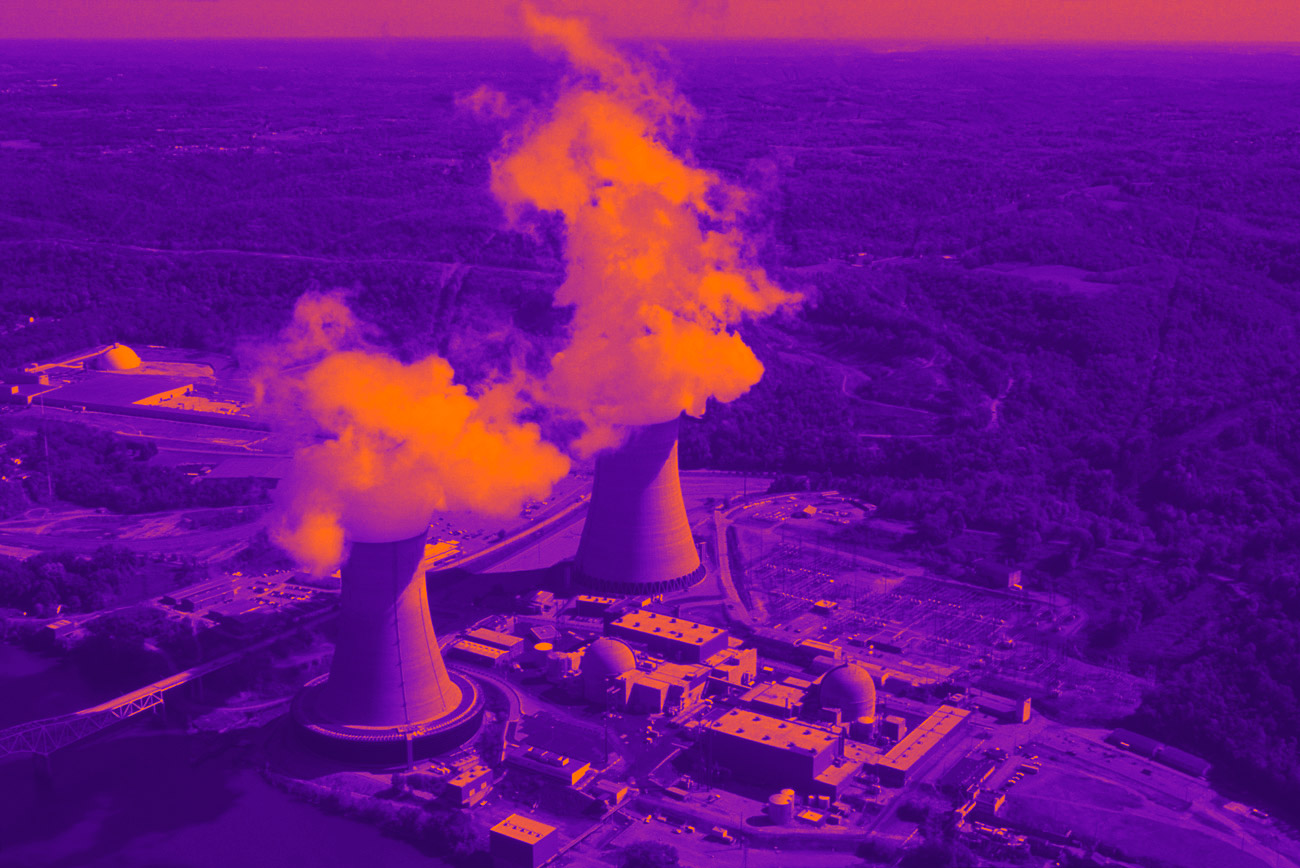One secret to building affordable nuclear: stick with tried-and-true designs

Nuclear power could be the key to cleaning up the electricity sector, since it’s carbon free and delivers steady power around the clock. But hardly anyone wants to build reactors these days.
“The fundamental problem is cost,” says a new report from the MIT Energy Initiative assessing the future of nuclear power. While solar and other sources of power are getting cheaper, it notes, “new nuclear plants have only become costlier.”
The average energy costs over the lifetime of nuclear plants can run more than double those of combined-cycle natural-gas facilities, or wind or solar farms. That plus high-profile fiascos like the Vogtle and V.C. Summer projects in the American South, where soaring costs and delays drove Toshiba’s nuclear business into bankruptcy, mean few companies and investors are eager to jump into the business of building nuclear plants these days (see “Meltdown of Toshiba’s nuclear business dooms new construction in the US”).
The main problem is the massive up-front capital cost of plant construction, which can end up accounting for more than 80 percent of the cost of nuclear energy.
The MIT authors explore a variety of ways costs could be cut but suggest that one simple strategy could achieve a lot: adopt proven project management practices, including completing designs before starting construction, putting a reliable supply chain in place, appointing a single contract manager, and building up a skilled labor force with experience in a particular reactor design.
That last point could be crucial, as the first plant of any kind generally costs 30 percent more than the subsequent ones, the report notes. And these days it can run $10 to $15 billion, and take 20 to 30 years, to get a new reactor technology built.
The most cost-effective plants have included multiple reactors of the same design on a single site, relying on the same workers and vendors, the authors add.
There is, of course, a problem with such a solution. By all accounts, it will be incredibly difficult to build up the necessary experience with any design at a point when few reactors are moving forward at all, particularly in the United States and Europe, and few investors are keen on footing the multibillion-dollar bill.
Indeed, a group of prominent scientists and engineers, including M. Granger Morgan, who studies energy policy at Carnegie Mellon, recently published an extremely grim report in Proceedings of the National Academy of Sciences on the prospects for nuclear power.
Noting the challenges posed by low-cost natural gas, public opposition, cost overruns on recent projects, and the slow development of advanced technologies, the authors of the paper concluded: “Barring some dramatic policy changes, it is most unlikely that nuclear power will be able to contribute to decarbonization in the United States, much less provide a new carbon-free wedge on the critical time scale of the next several decades. With the exception of a few other nations, including China, the same may also be true across the rest of the world.”
Deep Dive
Climate change and energy
The problem with plug-in hybrids? Their drivers.
Plug-in hybrids are often sold as a transition to EVs, but new data from Europe shows we’re still underestimating the emissions they produce.
Harvard has halted its long-planned atmospheric geoengineering experiment
The decision follows years of controversy and the departure of one of the program’s key researchers.
Why hydrogen is losing the race to power cleaner cars
Batteries are dominating zero-emissions vehicles, and the fuel has better uses elsewhere.
Decarbonizing production of energy is a quick win
Clean technologies, including carbon management platforms, enable the global energy industry to play a crucial role in the transition to net zero.
Stay connected
Get the latest updates from
MIT Technology Review
Discover special offers, top stories, upcoming events, and more.